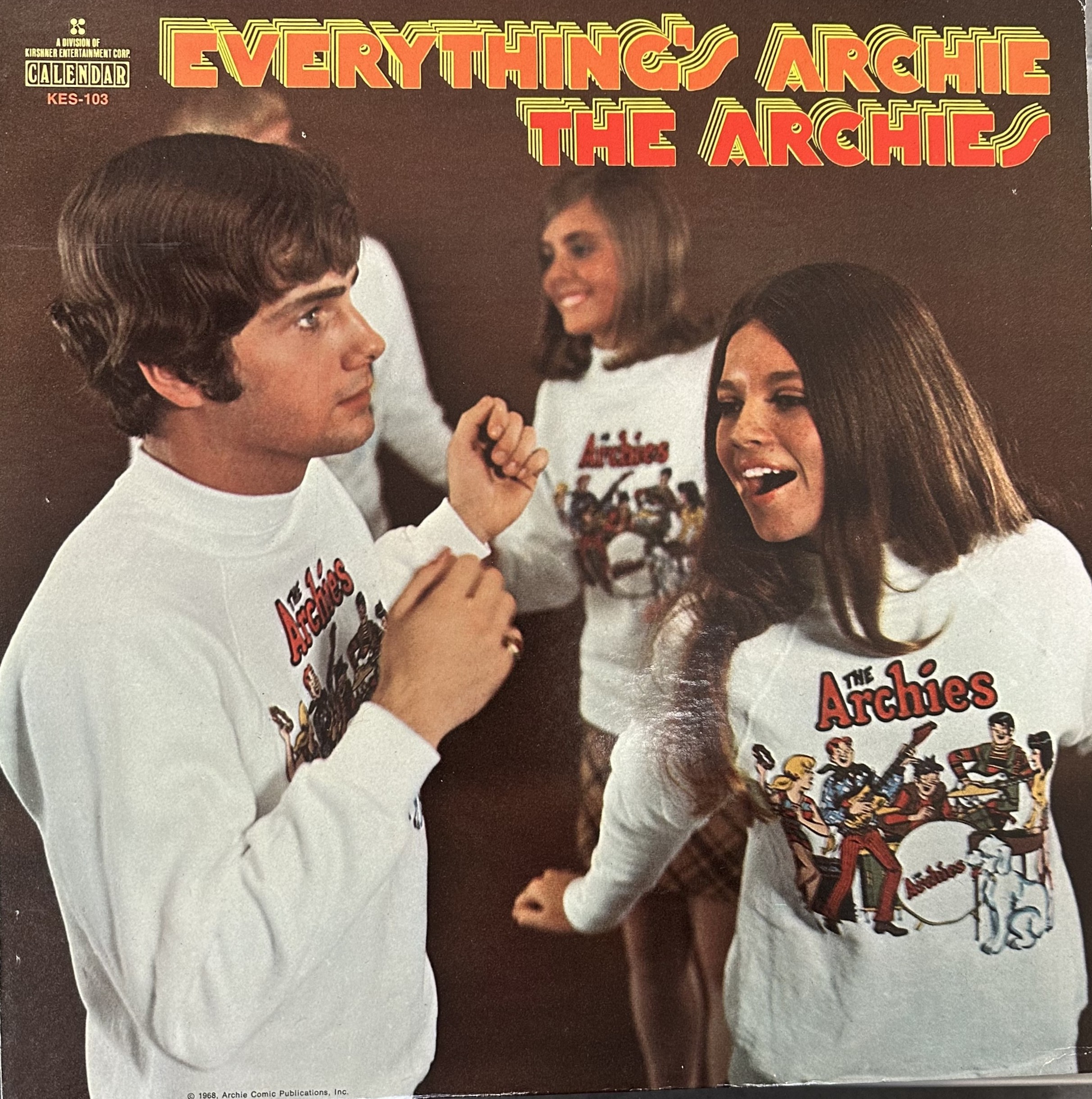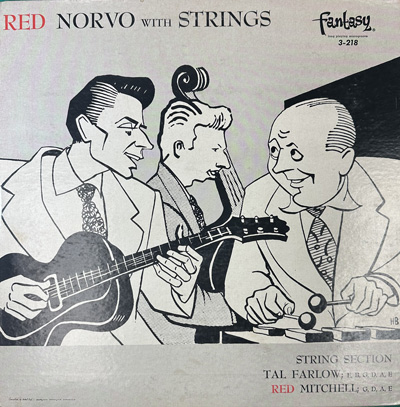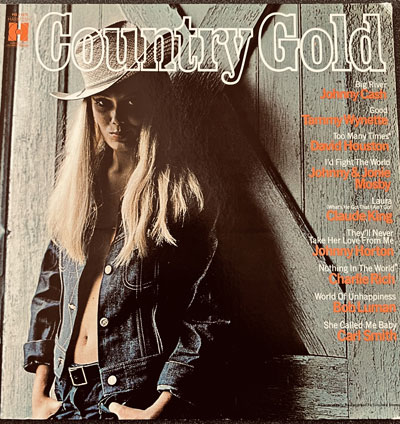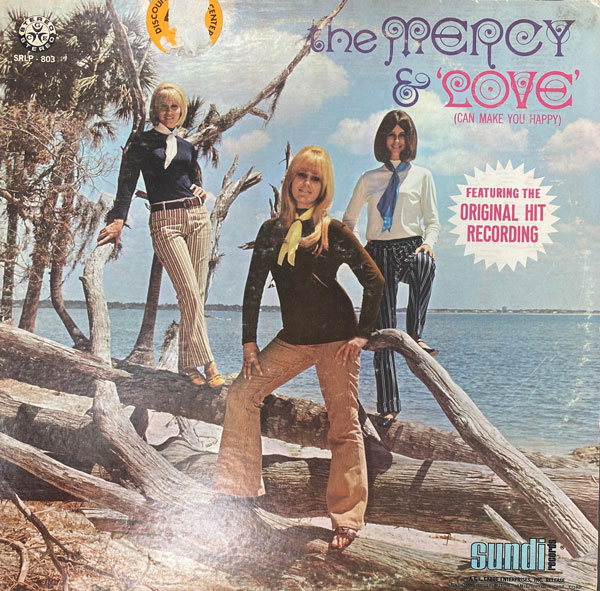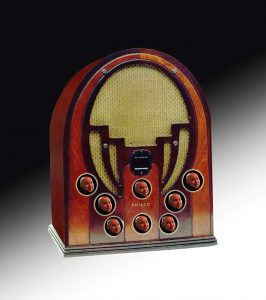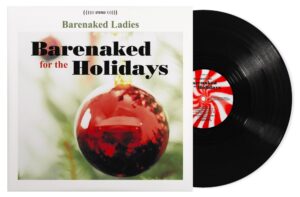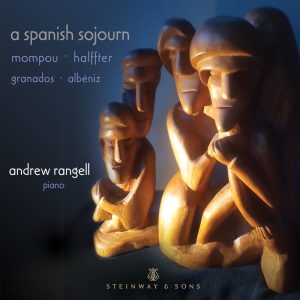Everybody says it and I'm confirming it. Moving sucks! And as an audiophile with two turntables, two speakers that weigh 130 pounds each, an eighty pound tube amp, and a huge LP collection (and a pretty damn large CD collection as well), moving doesn't double suck, it triple sucks! Having said all of this, it's impossible, at this moment, for me to play records, but I can play CDs quite nicely through my CD player's headphone jack and my Sennheiser HD650 headphones. And I must say, the sound is remarkably fine.
The album that I chose to review is the eponymous 1966 album by the San Jose based rock band Syndicate of Sound. I've never even seen a vinyl copy, but since the Sundazed CD sounds downright fabulous, as in unprocessed and honest, I'm in no rush to find it on LP. And when I say LP, I mean an original copy, not a hey-dude-I-play-vinyl barcoded reissue, cut from a "who the heck cares about a forgotten sixties rock band from San Jose" digital dub.
When I did the required homework on this band, I ran into a bunch of hurdles. One thing that I discovered was there were personnel changes throughout their short-lived career. A note for you history buffs who don't get confused as easily as I do: I'm pretty sure that lead singer and rhythm guitarist Don Baskin (1946-2019) and bass player Bob Conzales were always in the band. Drummer John Duckworth (1946-2023) is for sure the drummer on their magnificent hit, "Little Girl," but not necessarily the whole album. Lead guitarist Larry Ray, whose jangly twelve string guitar is what the band is best remembered for, is allegedly only featured on "Little Girl". He was replaced by Jim Sawyers before the album was completed. My suggestion to my readers is do your own homework, and don't be surprised if your brain starts to hurt when you try to figure out who the actual personnel is on each cut. I gave the band's history my best shot, and now I'm going to discuss the music.
One thing that I like about this band is their versatility. Unlike some hard rocking bands, this band doesn't sound goofy when they perform a soft rocker. Their musical influences were vast. As "Little Girl" is a bonafide garage band masterpiece, it's easy to assume that the amphetamine driven Byrds-meets-Love sound was their only sound. I'm glad to report that the Syndicate Of Sound came in a multitude of flavors.
I'm starting with cut three, "So Alone," which is a soft-rocker, and I like it. And I admit that the sound has a lot to do with my liking it. It reminds me of "Mr. Dieingly Sad" by the New Jersey band The Critters, but I think the boys from San Jose came up with their similar arrangement first. Let me tell you about the sound on "So Alone." It's tonally delightful, and effortlessly dynamic, in the way that only an all-tubed recording chain can provide. Yum! The sound, as heard with my vintage CD player's headphone jack, driving my HD650 is positively dee-lightful! And there is absolutely no reverb on the vocals. In other words, the guys are right here in my room, or perhaps in my head. And, like "Mr. Dieingly Sad," the song makes good use of vibes, and I'd love to know who's playing those vibes.
Cut four is an unexceptional cover of the Cindy Walker-penned classic "Sweet Dream Baby." Funny, I've never played this cut until now. No, it doesn't replace Roy Orbison, or Glen Campbell, who introduced me to the song, but when the prior cut finished I just left the machine running. Their performance of this classic simply works, and that's sometimes all a cut has to do.
Cut five is the song "Rumors," although it should have been called "What Goes On", because that's what the guys in two-part harmony keep singing. There has to be a good reason for the song's title, and I'm assuming it's because the Beatles already had a song called "What Goes On." My notes from years ago describe this song as "great bad Beatles", but with the closer examination that my headphones are providing, this song now reminds me of The Standells. The sound is demonstration quality and my old notes say "made for phones," and my current feelling is I was right!
Cut six is the classic "Little Girl." This is rock and roll perfection. It's everything that I love about the old school West Coast rock sound. Sure, it sounds like The Byrds, The Leaves, and Love, but The Byrds, The Leaves, and Love didn't write it or record it. It's an original by Bob Gonzalez and Don Baskin. Larry Ray's 12-string work would have made Roger McGuinn and George Harrison proud. It has that same jangly guitar sound that made the Los Angeles rock scene famous. It has hand claps, and a tambourine, and the drumming from John Duckworth is savagely awesome. Do ya think I love this song? I do! And I've been loving it since I was seven years old! It's one of those songs that must be played as loud as you can play it. Neighbors and parents be damned. This is rock and roll!!
Cut 16 is a bonus cut on the CD from 1966 called "Good Time Music." It sounds like it was recorded after the album was completed. I have no idea who is singing the lead vocal. It never made it to an album, although there was a single (Bell 655). What we get is the superb mono-single mix. As the title implies, the intent was to sound like the Lovin' Spoonful, but the result sounds more like San Francisco's Sopwith Camel, a band that has been credited for sounding like the Lovin' Spoonful. I love Sopwith Camel, so I picked up on the Sopwith vibe more so than the Spoonful vibe. The most important thing for you to take from my vibe is this is a great cut.
Cut 11 is "The Witch," and it's a great way to close an evening of fine music. I can't call it the best cut, because "Little Girl" sets such a high standard, but I like it just as much, and it sure does rock! "The Witch" never fails to cast its spell on me. It's a cover, but one that I think is better than the original, which is by the notorious punk legends The Sonics, from Tacoma. I like the Sonics, that is when I'm in the mood for 60s era punk, which isn't often. This is one time where the cover version communicates the spirit of the song just a wee bit better. Listening to the two versions side by side reveals some key differences, and the main one is Bob Gonzales. His funky bass playing speaks to me. By comparison, the Sonics bass player sounds generic. Honestly, they're both excellent. I just like the San Jose version better. The singing is also better, and the sound is much better. And, I should add, this is another cut that needs to be played at lease-breaking volume. When I've asked other audiophiles to play it, they never play it loud enough. Why own an audio system that can't rock? I'm so glad that mine does.
As my friend and fellow 60s rock collector Brian has pointed out, many albums by sixties rock bands were little more than a hit single glued to a pile of haphazardly recorded covers. What Brian said has been proven to be true on too many of the 60s albums that I've collected. Take a look at bands like Sam The Sham & The Pharaohs and Herman's Hermits if you want good examples. I can't say that every cut on this CD is a firecracker, but at least five cuts are fabulous. Your taste will no doubt vary, but it's very clear to my ear that the Syndicate Of Sound was a force to be reckoned with. They are definitely one of the greatest what-if bands of all time.
I never ignore the sound of an album. There have been times when friends have told me that I pay too much attention to sound. Hey, I can walk and chew gum at the same time, and my critical ear is never turned off. Here's some great audiophile news: This is a great recording, and the engineer on these sessions was the great recording engineer Leo De Kar Kulka (1921-1998). Leo was responsible for recording some of San Francisco Bay area's most famous musicians, including the Beau Brummels and Sly and the Family Stone. He also recorded the first recordings by The Grateful Dead, and Grace Slick's first band, The Great Society. If his name sounds familiar it's because he owned an audiophile label. It was called Sonic Arts.





